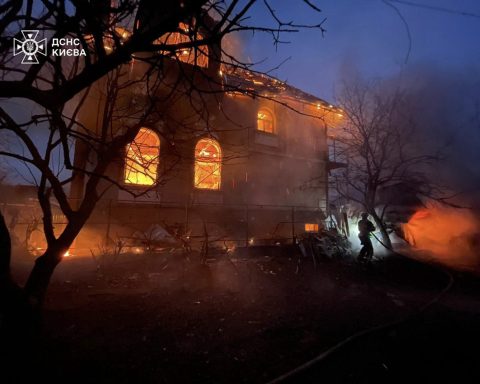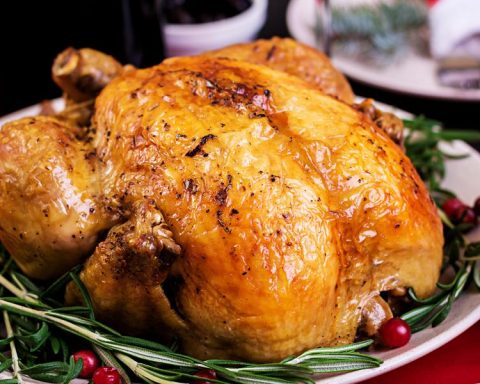November 15, 2024, 2:31 PM
November 15, 2024, 2:31 PM
The New Zealand Parliament began voting this Thursday on a bill with the aim of reinterpreting the principles of a treaty that has regulated relations with the Maori since 1840, an initiative that in principle will undermine their rights and that has faced protests within and off camera.
The project, which was approved on Thursday in the first round, although two more are needed for it to become law, was referred to the Legislative Justice Committee to be weighed in the next six months, as reported in a statement by the Minister of Justice and promoter of the proposal, David Seymour.
Seymour is part of the ultra-liberal ACT Party, which makes up the government coalition led by Christopher Luxon, and which defends that the proposal to reinterpret the Treaty of Waitangi – signed in 1840, shortly before New Zealand became part of the British empire – will counteract the benefits that have been given to the Maori to the detriment of the rest of the population.
This Thursday’s vote was suddenly interrupted by a ‘haka’ – a Maori dance that includes shouting, shaking hands, hitting the chest and the ground and which has been popularized worldwide by the New Zealand ‘All Blacks’ rugby team – , which was performed by Maori Party legislators, some of them in front of Seymour.
As a sign of protest, other opposition legislators and more than a dozen people who were in the gallery of the Wellington Parliament also joined the ‘haka’, according to images published by the Te Pati Maori party.
Later, the co-leader of the Maori Party, Rawiri Waititi, explained that the ‘haka’ was an act of defiance to the Government, according to statements to Radio New Zealand.
“We love it when the ‘All Blacks’ do it, but what happens when they do it in a place where they challenge the violence and continued violence of a House that has done it for hundreds of years?” said the politician of Maori origin.
Meanwhile, thousands of demonstrators protesting against Seymour’s proposal, some of them carrying Maori flags and traditional clothing, are heading to Parliament in Wellington.
The convoy left on Monday from Cape Reinga or Te Rerenga Wairua, the northernmost point of New Zealand’s North Island and one of the places of greatest significance for the Maori, on a tour of several cities in the country.
The legislative project, which if approved after the third reading would mean the calling of a referendum, proposes that the Executive and Parliament have full powers to dictate laws.
The Treaty of Waitangi regulates the State’s relations with the Maori, who make up 20% of New Zealand’s population of more than 5 million inhabitants. Seymour assures that the proposal addresses the “concept of the Treaty principles”, which were introduced by the New Zealand Parliament in 1975 without defining them, which he suggests would have allowed this population to be favored.
This minority nevertheless continues to experience institutional discrimination, as well as disproportionately high rates of poverty, incarceration, illness, domestic abuse and suicide, among other problems.
















